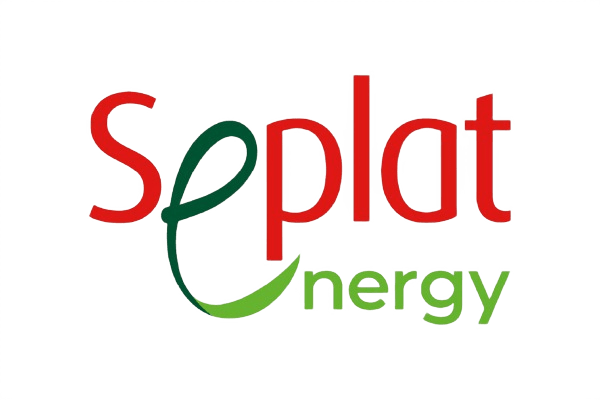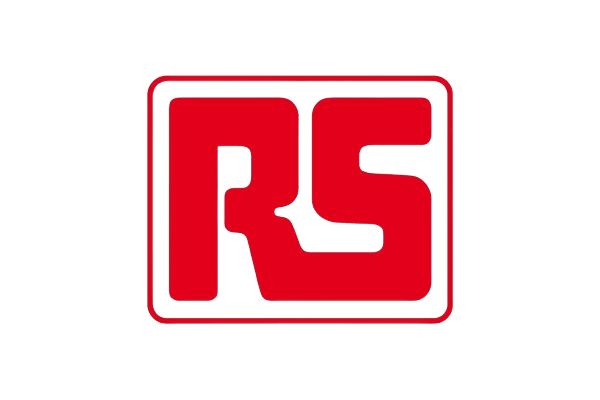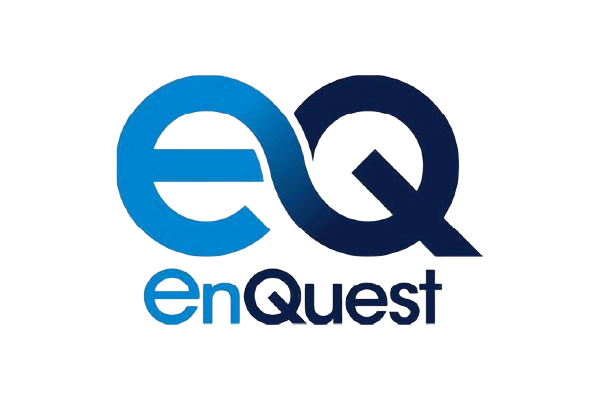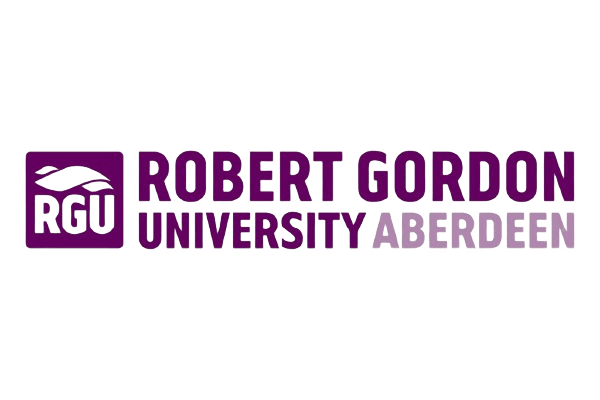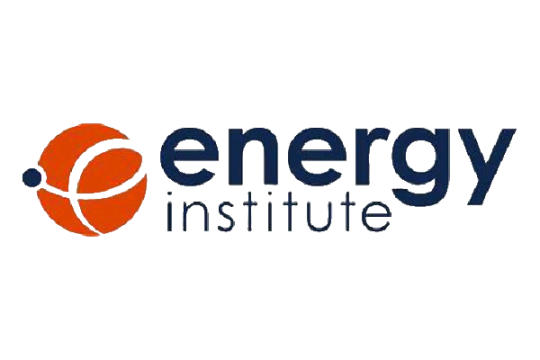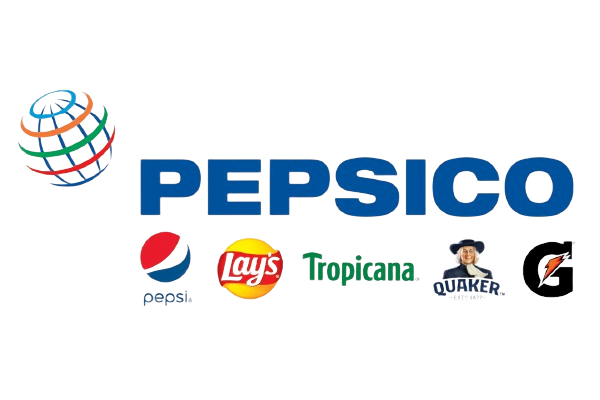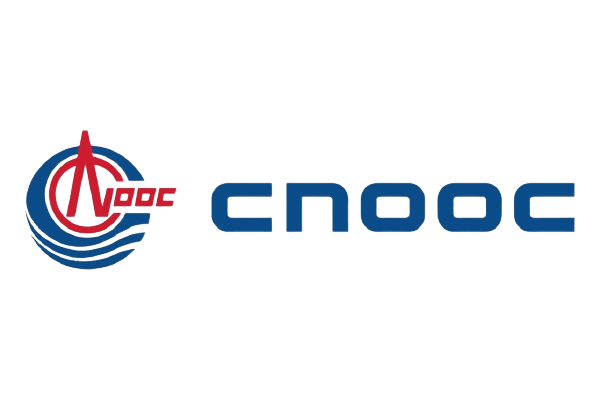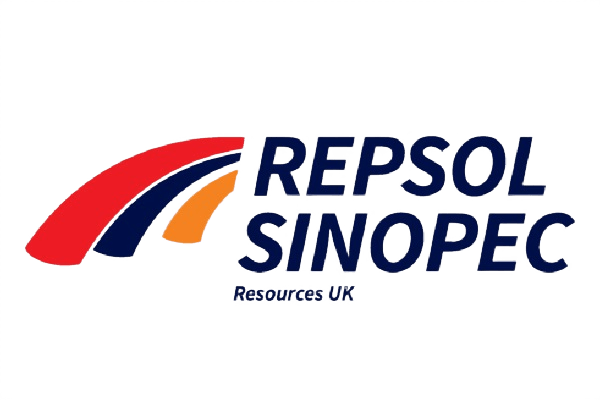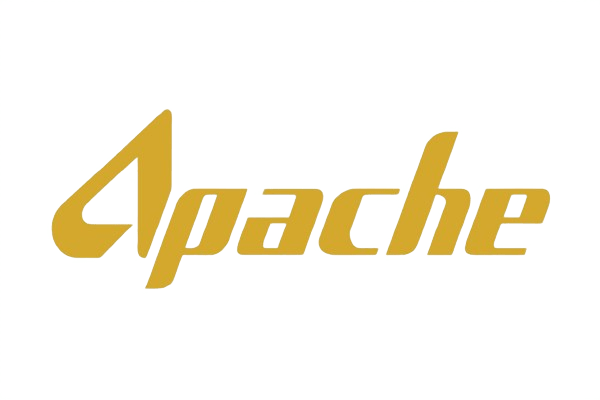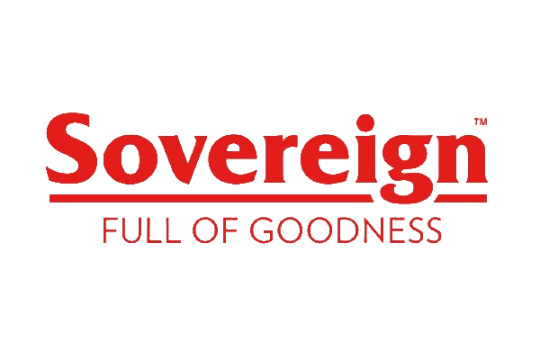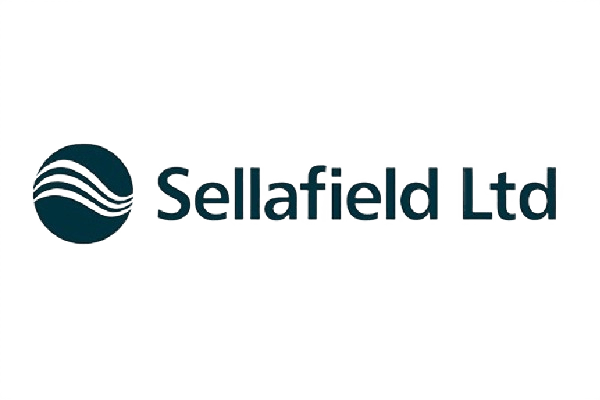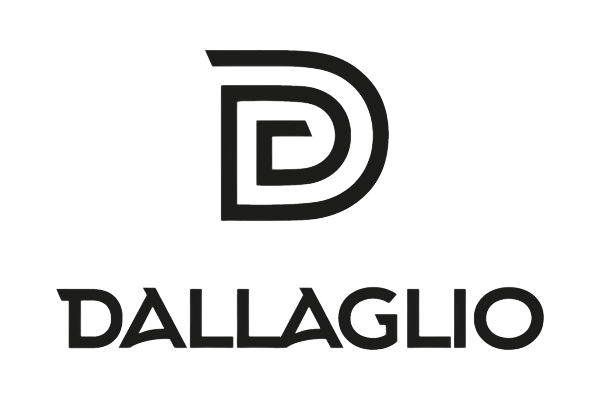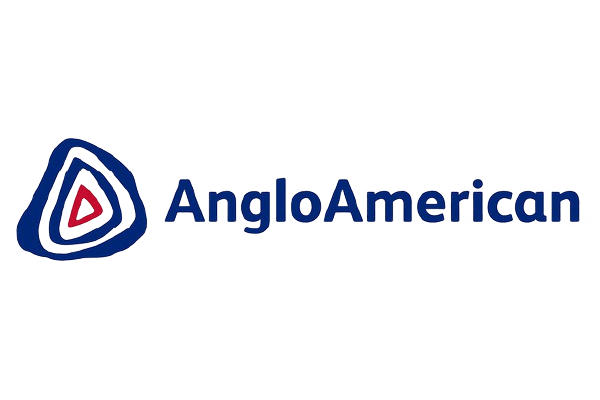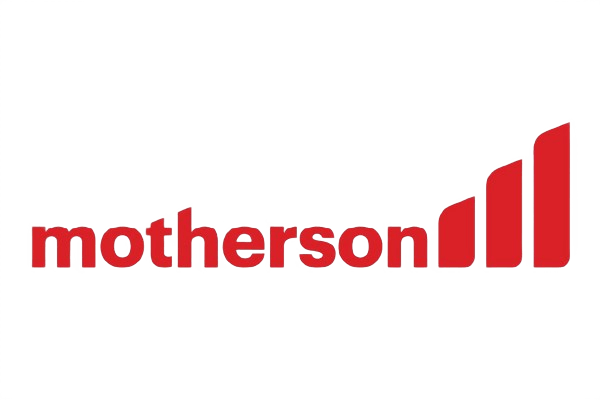Asset Data Management
Managing asset data effectively will help organisations improve operations, maximise revenue, reduce risks, allow for innovation, and give an organisation a competitive edge. Asset Data Management is vital for the successful implementation of a sound maintenance strategy, it is a process of resource allocation, optimisation and utilisation. For organisations to make effective data driven decisions, they need to carefully consider and rigorously analyse the information they hold for critical assets.
Up to date and accurate management of physical asset registers must be prioritised and aligned with the objectives of the organisation. If this is not implemented, maintenance plans are unlikely to have the desired effect.
Data Enrichment
We specialise in providing high-quality master data cleansing, enrichment, and classification services by pairing tools built around industry standards with a wealth of knowledge from our subject matter experts. Our approach aims to standardise (by developing and implementing appropriate taxonomy), validate, and enhance your asset data to provide master data that is free of duplication, consistent, attribute-rich, and configured to the requirements of your ERP (Enterprise Resource Planning), EAM (Enterprise Asset Management), or CMMS (Computerised Maintenance Management System).
With access to various dictionaries from ECCMA, ANGLO, DLIS, NRICSC, and PIDX for example, we classify each item under a unique technical specification class type and assign the appropriate UNSPSC Code for identification purposes.
Consequences of poor asset data management practices
- Poor return on investment
- Reduced productivity
- Inconsistency and inaccuracy of reliability data for equipment
- Design and engineering improvements are impacted by poor data collection
- Increase in maintenance costs and planning
- Supply chain issues across multiple sites
- Increase in insurance costs.
Our consultants have extensive knowledge and experience within Asset Data Management, ranging from Asset Register updates, Asset Hierarchy Build and Remediation and Identification and Alignment of Safety-Critical Elements. By merging existing solutions with new technologies, organisations can manage their assets more efficiently than ever before.</pPOur consultants have extensive knowledge and experience within Asset Data Management, ranging from Asset Register updates, Asset Hierarchy Build and Remediation and Identification and Alignment of Safety-Critical Elements. By merging existing solutions with new technologies, organisations can manage their assets more efficiently than ever before.
We utilise specialised software to build Asset Data Management structures that can then be integrated with and transferred into existing CMMS such as SAP and Maximo.
Internet of Things
IoT (Internet of Things) is a management solution in which a sensor is connected to the internet. The management solution monitors, processes and analyses the businesses approach. This benefits our clients as we are expertly capable of using the information gathered to identify and create a more adaptable and efficient action plan.
Key Optimal services within Asset Data Management field include:
- Asset Hierarchy Build
- Master Equipment List (MEL)
- Equipment & Location Hierarchy
- Operational Readiness
- Safety Critical Element Identification & Alignment
- CMMS Data Management – cleansing and enrichment
World Class Standards
Optimal are proud to work to a set or best-in-class standards for data management and planned maintenance, such as:
- BIM – Building Information Model practices provide enhanced efficiency and effectiveness of asset management by bringing about improvements in the sharing of asset data information throughout design, construction, and operational phase of assets. Legislative measure has made BIM a requirement in several countries including the UK.
- SFG20 – The benchmark maintenance requirement for building engineering services. It is seen as the industry standard and is an indispensable tool for planned maintenance. Optimal can provide consultancy services to establish an efficient maintenance plan and customise maintenance schedules covering many equipment types to suit facilities managers, building owners and contractors.
- ISO 8000 – Defines characteristics of information and data that determine its quality, and provides methods to manage, measure and improve the quality of information and data. ISO 8000 includes parts applicable to all types of data and parts applicable to specific types of data. The standard can be used independently or in conjunction with quality management systems.
- ISO 22745 – Specifies a system of descriptive technology for representing, handling and exchanging master data. It provides tools to enable organisations ensure that incoming and outgoing master data is of sufficient quality, and to improve the quality of their internal master data. The standard includes data models, exchange formats, guidelines and procedures.
- ISO 14224 – Applies to the Petroleum, Petrochemical and Natural Gas industries for the gathering, exchange, and improvement of reliability processes and maintenance data for equipment operating in these sectors as standardised by International Organisation for Standardisation. We are committed to adhering to this standard to improve maintenance approaches.
- GAAP – Generally Accepted Accounting Principles is a combination of policies and the generally accepted ways of recording and reporting accounting information. Through authoritative benchmarks and prescribed standards, GAAP details the recognition, depreciation and measurement of assets.
- GRAP – Generally Recognised Accounting Practice relate to the accounting of infrastructure assets and need to be considered as part of asset management processes. For asset intensive industries we can identify, categorise, value and track asset health and establish programmes and provide resources to maintain assets.


